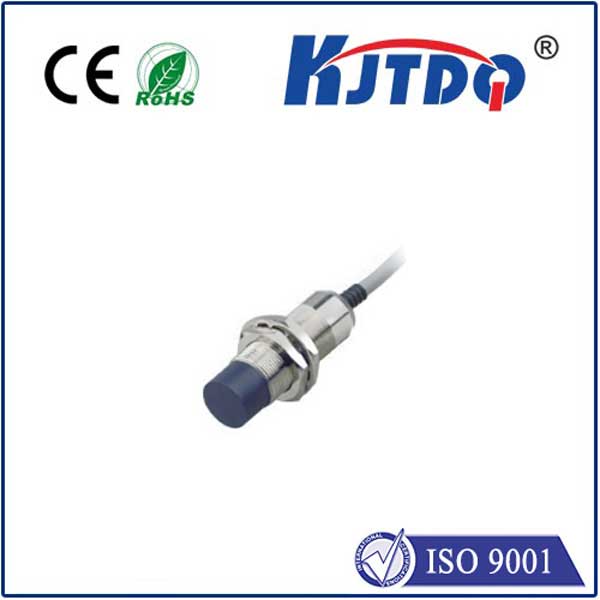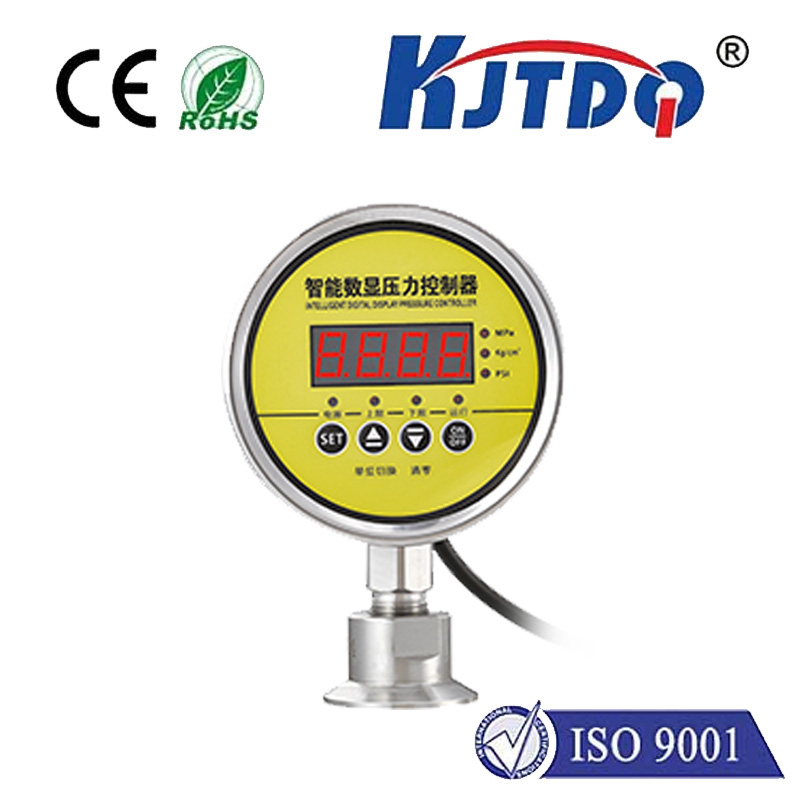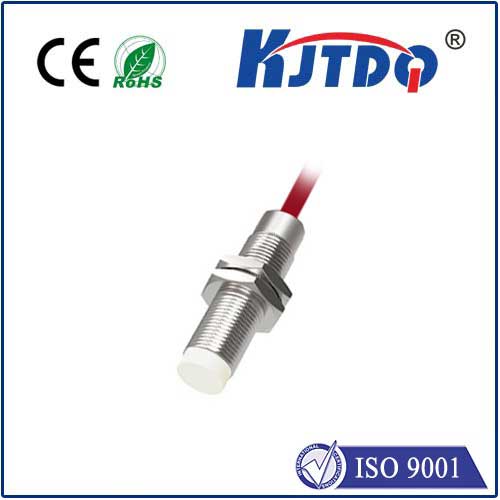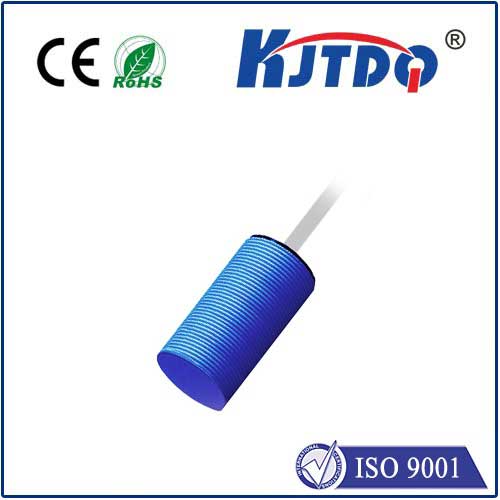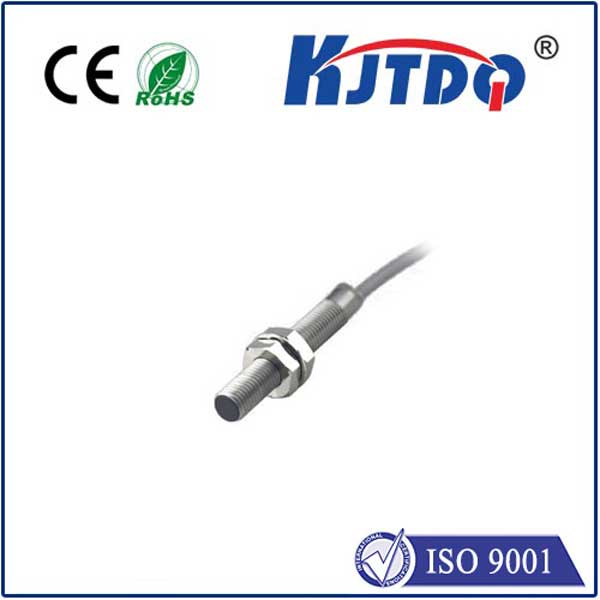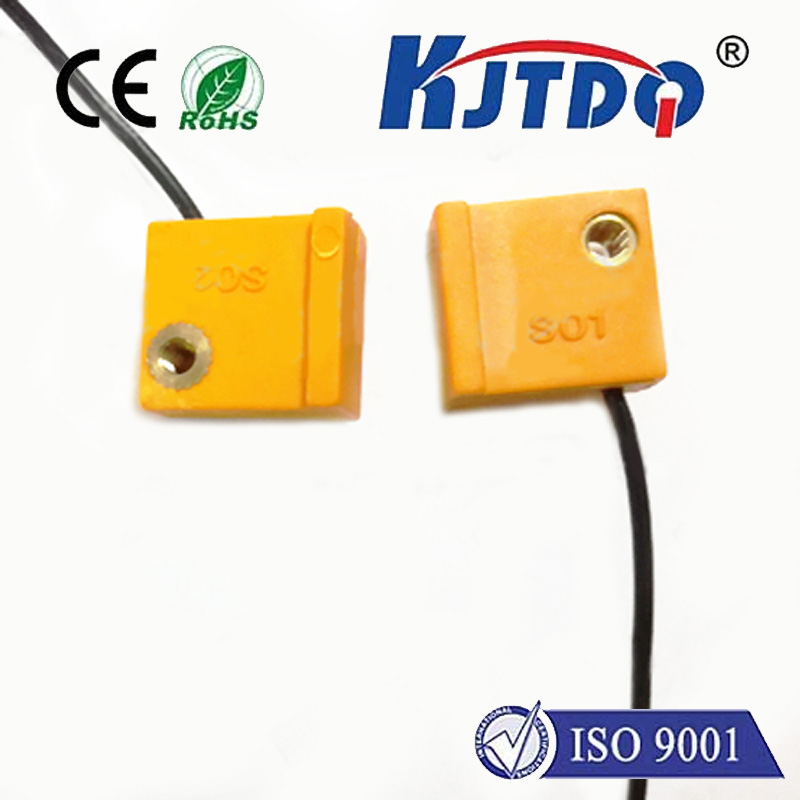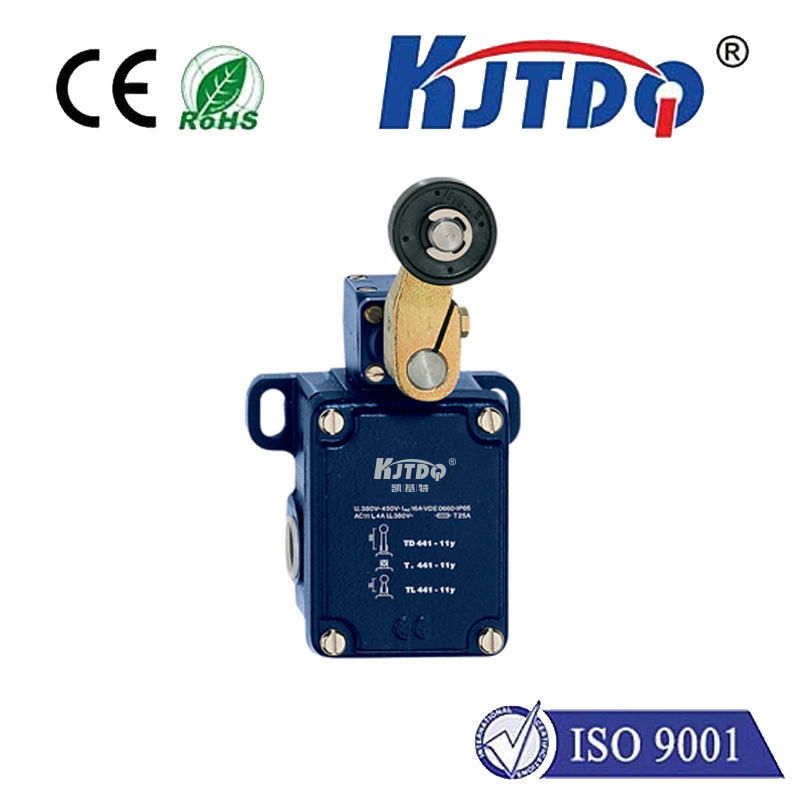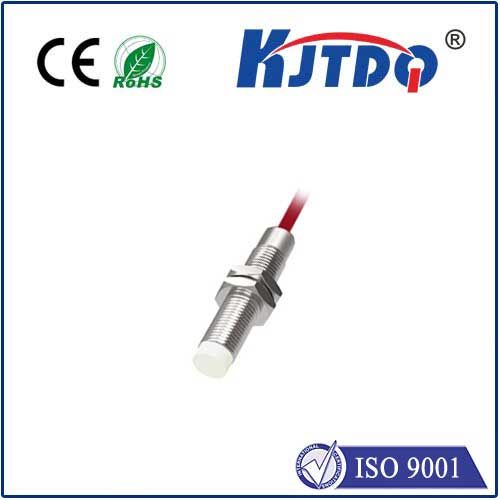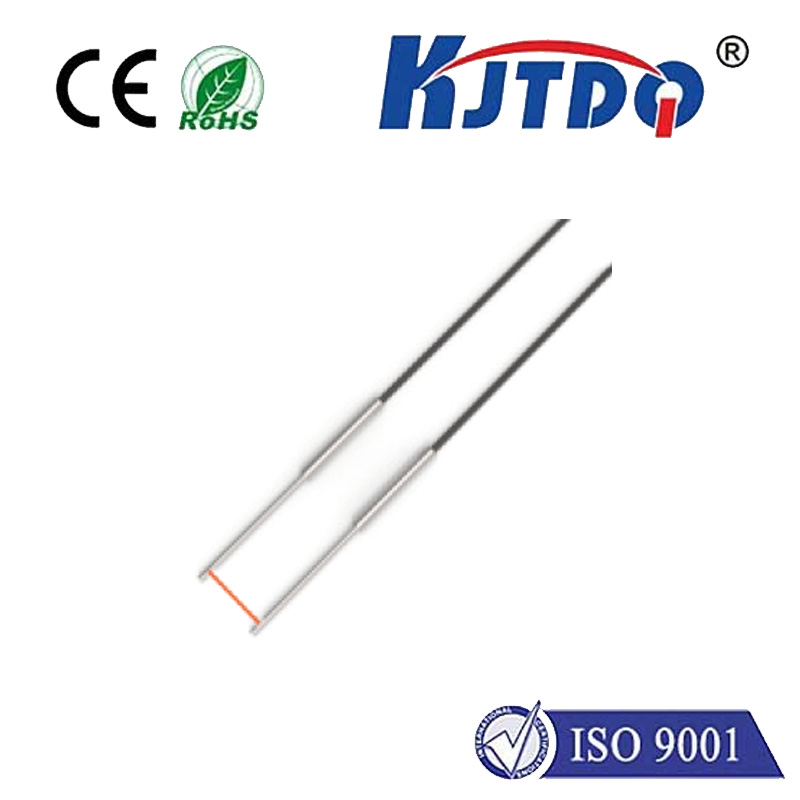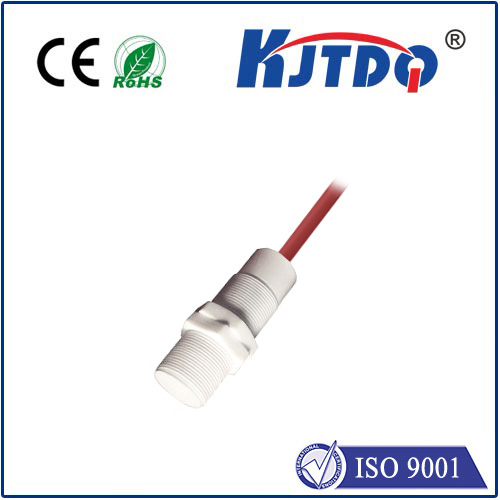8 - мм индукционный датчик приближения
- time:2025-06-16 15:24:33
- Нажмите:0
The Essential Guide to 8mm Inductive Proximity Sensors: Precision Detection in Compact Spaces
In the fast-paced world of industrial automation, efficiency and reliability hinge on components that operate flawlessly in confined, demanding environments. Enter the 8 - мм индукционный датчик приближения – a powerhouse of non-contact detection engineered to excel where space is limited and precision is non-negotiable. Whether integrated into robotic arms, conveyor systems, or high-speed assembly lines, these compact sensors deliver unmatched performance in detecting metallic objects without physical touch. This guide dives deep into their working principles, standout features, and transformative applications, equipping you with insights to leverage their full potential.
Understanding Inductive Proximity Sensors
Inductive proximity sensors detect metallic targets using electromagnetic fields. Unlike mechanical switches, they contain no moving parts, translating to enhanced durability and minimal maintenance. When an 8mm inductive sensor activates, an internal oscillator generates a high-frequency field. If a metal object enters its sensing range, it disrupts this field, triggering the sensor’s output. This non-contact operation eliminates wear-and-tear, making it ideal for high-cycle applications like packaging machinery or CNC equipment.

Why the 8mm Size Matters
The compact 8mm diameter is not arbitrary – it addresses critical industrial constraints:
- Space Optimization: Fits seamlessly into tight mounting holes in machinery, tooling fixtures, or robotic grippers where larger sensors would be impractical.
- Precision Targeting: Ideal for detecting small components like bolts, washers, or electronic contacts, with sensing distances typically ranging from 0.8mm to 2mm.
- Reduced Interference: Smaller coils generate focused electromagnetic fields, minimizing crosstalk in densely packed sensor arrays.
For engineers designing intricate systems, this size delivers maximum functionality without compromising on robustness.
Core Technical Specifications
8mm inductive sensors boast specifications tailored for reliability in harsh settings:
- Рабочее напряжение: 10-30V DC variants ensure compatibility with standard industrial control systems.
- Output Types: Configurable as NPN / PNP (sourcing/sinking) and NO/NC (normally open/closed) outputs for flexible integration.
- Environmental Resilience: Rated IP67/IP68 for resistance against dust, oils, and coolant immersion. Housing materials like nickel-plated brass or stainless steel prevent corrosion.
- High-Speed Response: Switching frequencies up to 2kHz enable detection in rapid-motion scenarios, such as counting parts on a 500-items/minute conveyor.
Applications Transforming Industries
These sensors excel in scenarios demanding compactness and repeatability:
- Automated Assembly Lines: Detecting piston rods or gear teeth in automotive manufacturing.
- Робототехника: Verifying end-effector grip or tool position in collaborative robots.
- Packaging Machinery: Confirming foil seal presence on containers without slowing throughput.
- Перевозка материалов: Monitoring fill levels in metal bins or detecting broken tools in CNC mills.
In one case study, a food processing plant reduced downtime by 30% after replacing mechanical limit switches with 8mm sensors resistant to steam and debris.
Selecting the Right 8mm Sensor: Key Considerations
- Target Material: Ferrous metals (iron, steel) offer longer detection ranges than non-ferrous metals (aluminum, copper).
- Mounting Constraints: Flush-mountable designs embed cleanly into metal, while non-flush variants provide extended range but require clearance.
- Temperature Resilience: Industrial-grade models operate from −25°C to 70°C; verify specs for extreme environments.
- Output Logic: Match PNP (sourcing) or NPN (sinking) outputs to your PLC’s input requirements.
Installation Best Practices
- Shielding: Maintain a minimum 5mm gap between sensors to avoid magnetic interference.
- Alignment: Position parallel to the target surface for optimal sensitivity.
- Electrical Protection: Use surge suppressors in high-inductive load setups (e.g., solenoids).
Pro tip: Pair sensors with M8 connectors for rapid replacement and reduced wiring errors.
Future-Proofing Automation with 8mm Sensors
As Industry 4.0 drives demand for smarter, smaller components, advancements like IO-Link connectivity are transforming 8mm sensors into IIoT nodes. These “smart sensors” transmit diagnostics – temperature fluctuations, vibration data, or calibration alerts – enabling predictive maintenance. This evolution positions the humble 8mm inductive sensor as a critical enabler of data-driven manufacturing.

